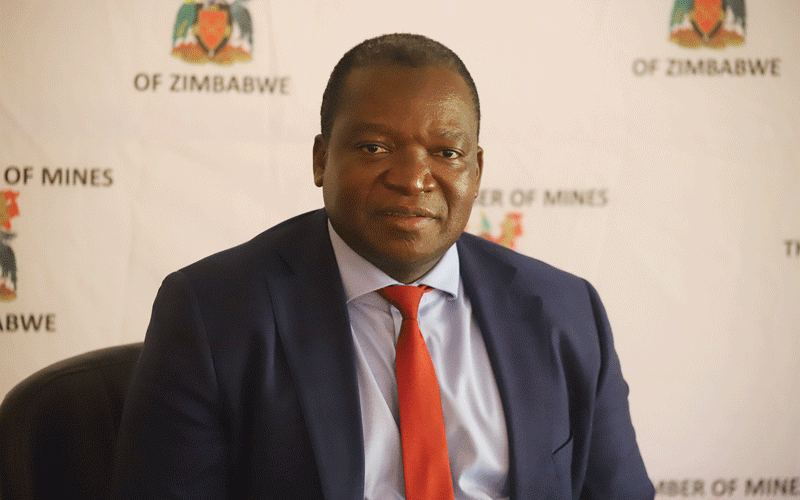THE gap between the parallel market and the auction market rates narrowed for the fifth straight week this week, despite a sustained decline in the value of the latter.
The alternative rate has largely been stable since the beginning of the year owing to the resumption of trades on the formal market. The resumption of trades post holidays has helped to divert demand from the parallel market, thus stabilising it.
Cumulatively a total of US$149,3 million has been exchanged on the formal market since the beginning of the year, which deduces to an average of US$16,94 million per week. This compares to an average of US$40 million in 2021.
The decline reflects largely on increasing dollarisation of the economy and own settlements for imports by individual companies.
In the week under review, the Zimbabwean dollar (Zimdollar) eased by 0,51% on the auction, its lowest decline since the beginning of the year. Cumulatively the local unit has pared 26% year to date, which is its quickest decline over the same period, since the reintroduction of the Zimdollar in 2019.
So far two banks have folded in the world’s biggest economy and one of the two was a top 20 bank with assets valued at over US$200 billion. The collapse of the two banks marked a first since the global crisis that succeeded the subprime bank failure of 2008.
Keep Reading
- One stitch in time saves nine
- Wages top agenda as TNF meets
- The hits and misses of 2022 (II)
- Future of financial markets: Is the Zimdollar a threat?
A top European lender bigger than the two American banks, which folded last week, Credit Suisse, is in a crisis and also likely headed for insolvency.
These instabilities might have intense contagion and heighten systematic risk causing a crisis deeper than what we are already experiencing.
On Wednesday, the market for Credit Suisse’s default insurance went wild almost reaching 3000 bps for one-year instruments. These levels are way above those reached in 2008.
The interplay at global levels is causing some shocks and most central banks are recalibrating their quantitative easing strategy post Covid-19.
Most economies had begun tapering by gradually increasing interest rates and as consequence the liquidity has been impactful.
While wages and employment statistics have remained up, companies are struggling with working capital and investments have slowed down.
These developments will likely see further withdrawal of funds from emerging economies, including the Sub-Saharan Africa (SSA). Drier capital markets and reduced FDI flows have an impact on forex availability and general currency stability, all else being stable.
Outside of Chinese money flocking into mining ventures in Zimbabwe, capital flows remain suppressed particularly from the West and multilateral lenders. On the stock market, inflows have remained depressed and currently foreign flow make up only 5% of turnover. Zimbabwe is presently leveraging on firm global commodity prices to shore up its forex inflows. On a more sustainable basis, capital investments will be required on both existing mines and new ones to maintain or grow forex inflows.
In anticipation of a global recession, local authorities will have to assume a tighter monetary policy stance. This is a tall order in an election year but it is possible especially if a long-term view is taken. Companies will have to be more cautious especially on liquidity management.
The clearest reading from the data at hand is that, although forex inflows are increasing (exports), outflows are also increasing such that the payoff are negative.
A negative trade balance is still the order of the day over the last 20 years and the positive BOP (minimum) has done little to cushion foreign settlements.
While foreign receipts have generally risen, the pace of new money injection into the financial system has remained high and disproportionate to the growth in foreign receipts.
In our view, the instability prevailing in the currency market is purely a monetary phenomenon driven by money injection by the authorities.
The extend of currency depreciation will have been worse if authorities had not engaged in mop-up exercises mainly through gold coins.
The exercise has mopped up liquidity to the tune of ZW$20 billion (US$1:ZW$912,58 at this week’s auction rate). This effectively reduced base money by about 20%, given a year end 2022 outturn of ZW$100 billion. We are therefore of the view that the Zimdollar will remain weak into the foreseeable future.
Gwenzi is a financial analyst and MD of Equity Axis, a financial media firm offering business intelligence, economic and equity research. — respect@equityaxis.net





